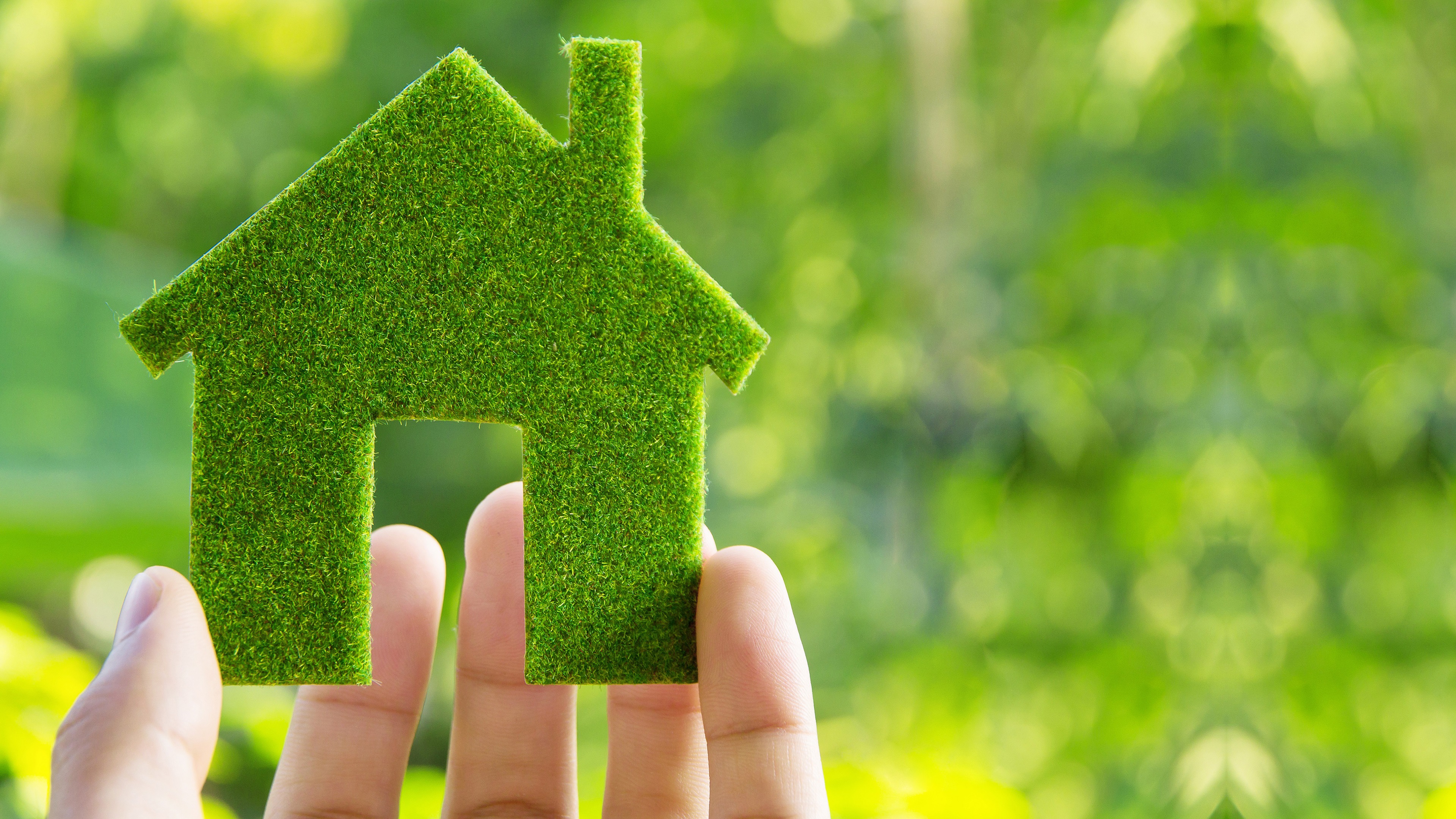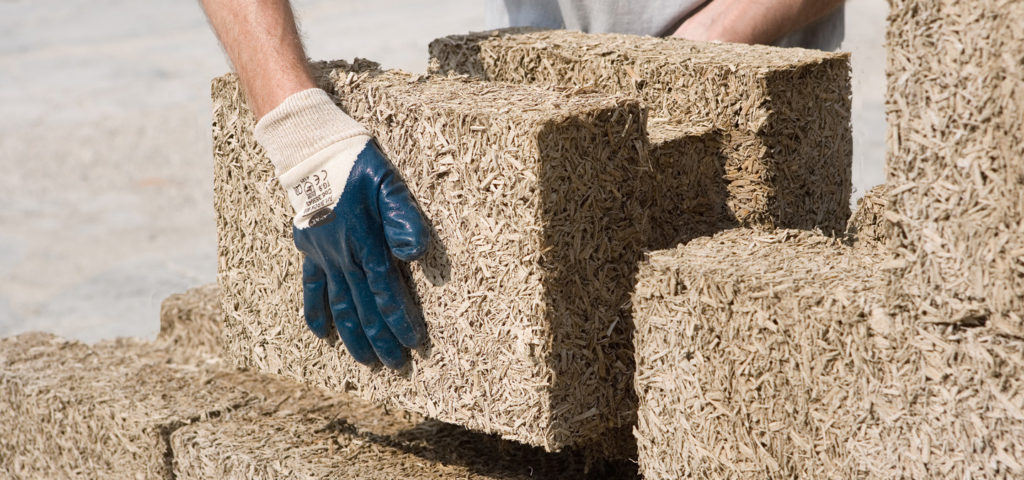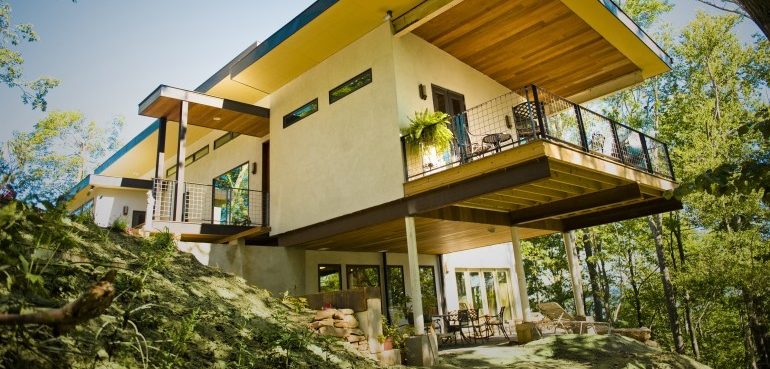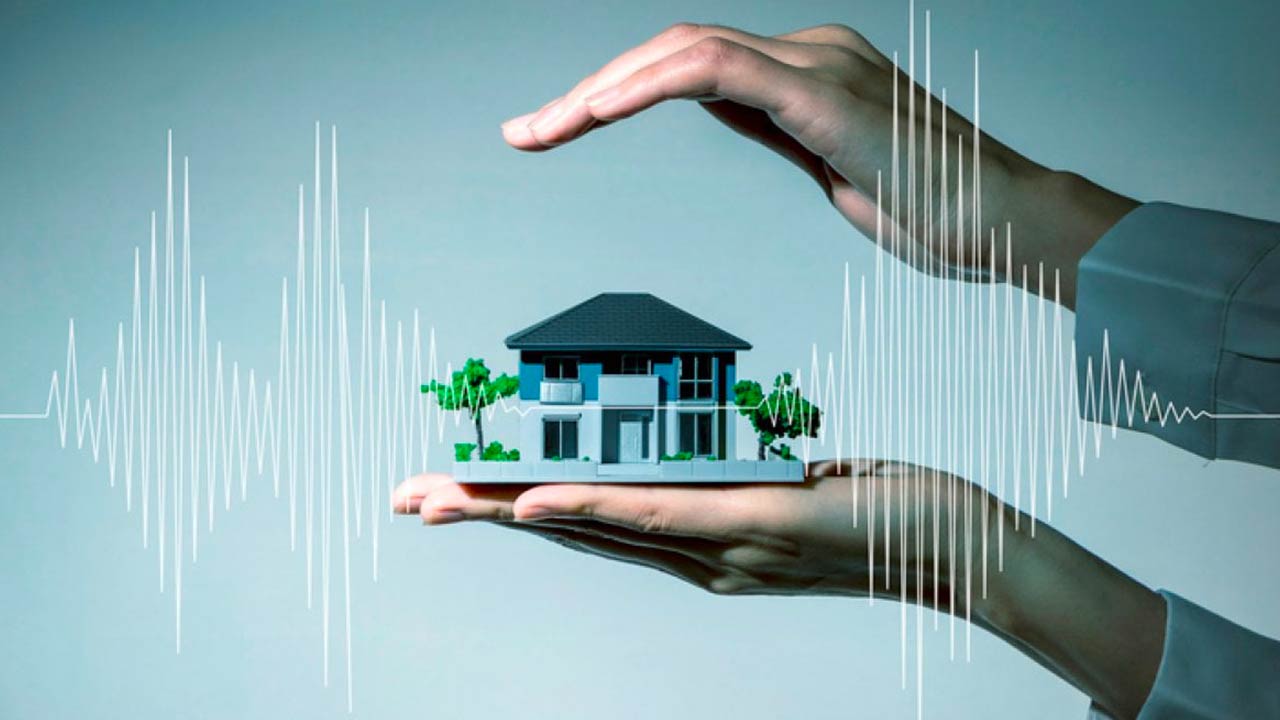Design in a seismic zone according to the Capacity Design methodology in accordance with the legislation of the country in which it operates.
Thanks to collaborations with research institutes, Octopus is able to create scale models of the work to be carried out, carry out accurate studies in the laboratory and give the most suitable design solution
Seismic Adjustment
Octopus intends to promote an information campaign arriving at a solution to the seismic risk. In Italy we still see slowness and little operational capacity on the part of administrations, the seismic vulnerability of buildings is an issue that has been neglected for too long, generating death and devastation in our country. Octopus, by creating a connection between technicians, finance and businesses, is able to provide a fast and decisive operational tool for the seismic problem, providing the necessary adaptation for buildings.
In Italy, moreover, Octopus, through a network of as many as 19 credit institutions, is able to finance the entire seismic adjustment, accompanying it in almost all cases with an increase in volume and a tax reduction of up to 110% of the work amount (Sisma Bonus).
Structural Consolidation

Octopus in concert with the Chief Laboratory for Natural Hazard Prevention and Effects Mitigation (ENEA Research Director), defined recovery and consolidation techniques using innovative, easy-to-execute and low-cost systems, capable of bringing historic architectural assets back to splendor, but above all to put them in safety. These techniques can also be applied to civil public or housing structures. The collaboration with the ENEA body was fundamental, thanks to the laboratories and the capacities of the researchers we now have all the necessary elements to intervene on the existing with a reliable and punctual planning.
Hemp House – Seismic Solution

Hemp is a material increasingly used in the world of green building: building with resistant plant fibers in fact leads to environmental, but also social and economic advantages.
Hemp is in fact among those that offers the best results: it is a simple cultivation, it has a rapid and profitable growth with a low consumption of water and rare attacks of parasites. Once processed, hemp is excellent to replace wood, glass and aggregates for the composition of different materials, as it is resistant to mold and insects. It is also fire-resistant, light and rich in silica, but it is above all a “carbon negative” material, which synthesizes carbon and reduces CO2 emissions in the atmosphere, making environments healthier and reducing polluting emissions. Thanks to its use, 90% of the water used for cement is saved and it is also useful as an anti-seismic material, so much so that ENEA is planning an anti-seismic kit composed of hemp fiber panels, able to contain the collapse caused by the tremors.

In addition to being ecological and ethical, it is also versatile: from an industrial mixture of water and hemp, bricks, plasters, screeds, insulating coats for old and new buildings are born. Unlike traditional bricks, hemp bricks are laid dry and are disposed of more easily. However, the use of hemp in construction is not a recent discovery: Leon Battista Alberti had already written about its usefulness because, added to the mortars, it improved its qualities.

Octopus is able to follow the property from the design, construction management and construction of the work, thus helping to introduce construction systems to protect the environment. The house can then be made energy independent and with zero polluting emissions through the use of island photovoltaic systems, hemp pellet boilers and wells with ozone systems for water purifying treatment.
